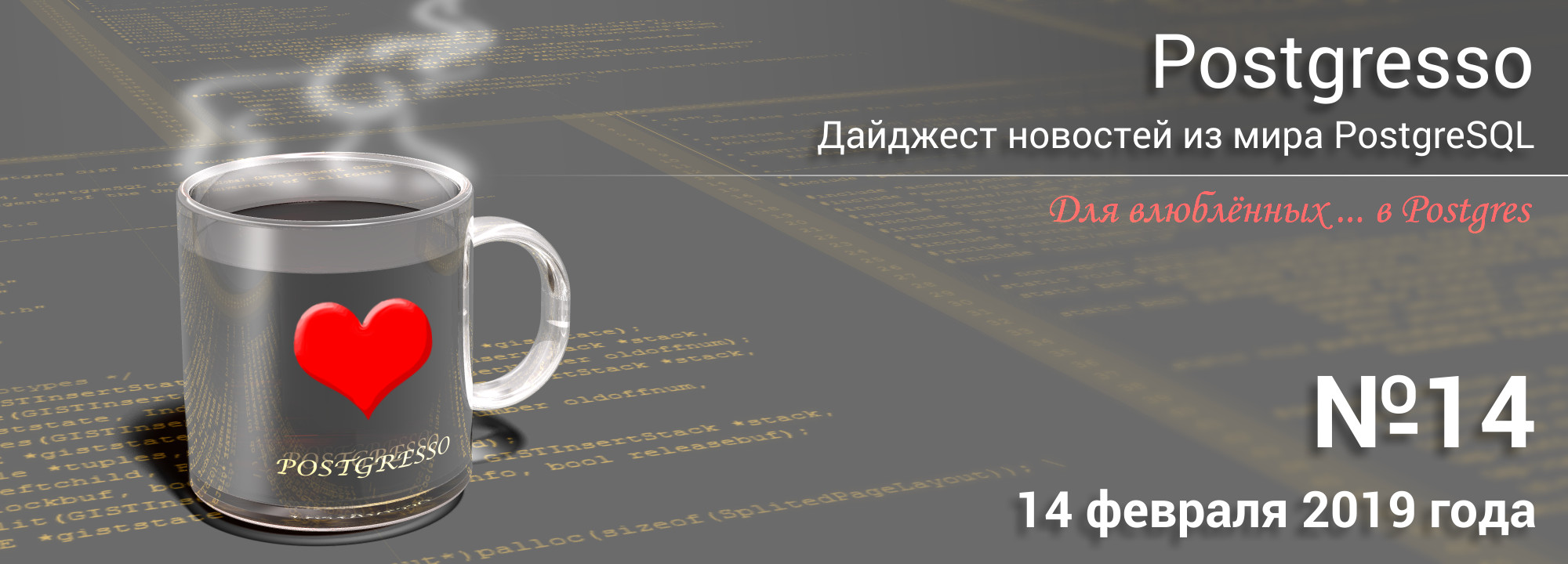


For example: High CPU utilization and I/O wait times slow down your queries, SQL queries return out of memory errors, autovacuum cannot keep up and increases table bloat, etc. If the size and volume of your data increases over time, you may start seeing any number of performance and scalability problems on a single PostgreSQL node. Your application is outgrowing a single PostgreSQL node And Citus works seamlessly with the PostgreSQL tools and extensions you are already familiar with. Since Citus is an extension to Postgres, you can use Citus with the latest Postgres versions. Our SIGMOD '21 paper Citus: Distributed PostgreSQL for Data-Intensive Applications gives a more detailed look into what Citus is, how it works, and why it works that way. When your data size and volume grow, you can easily add more worker nodes to the cluster and rebalance the shards.
#POSTGRES 14 SHARDING SERIES#
Or you can build a large cluster capable of handling high transaction throughputs, especially in multi-tenant apps, run fast analytical queries, and process large amounts of time series or IoT data for real-time analytics. You can use these Citus superpowers to make your Postgres database scale-out ready on a single Citus node.
#POSTGRES 14 SHARDING FULL#


 0 kommentar(er)
0 kommentar(er)
